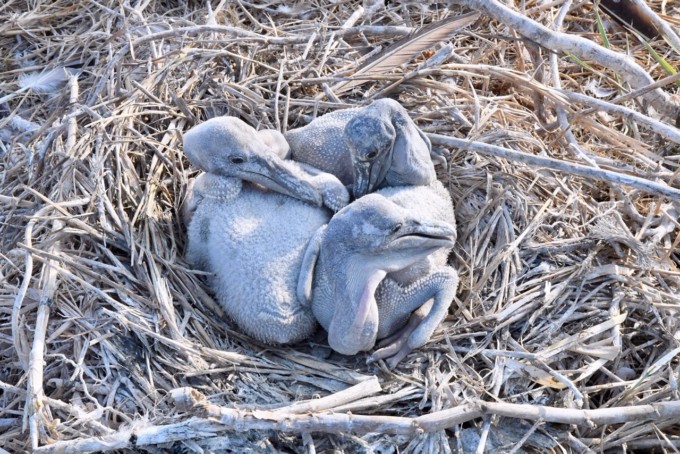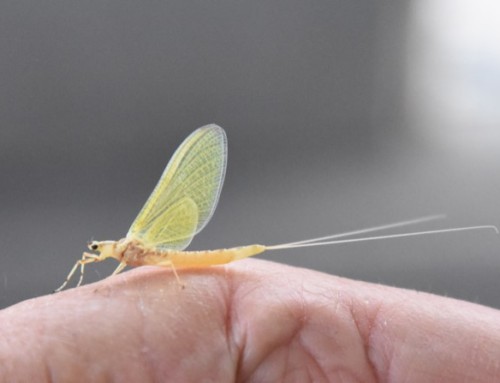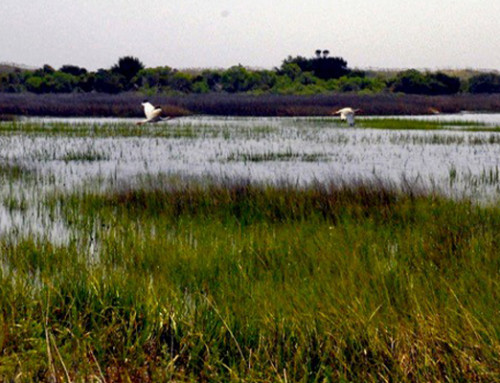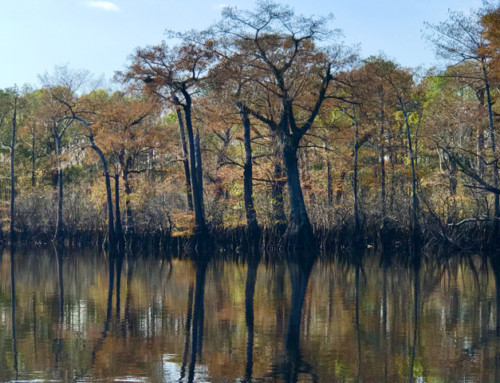A Photo Series from NC photographer and naturalist Tom Earnhardt
Remembering Healthcare for People and the Land
This is not the first time in my life the world has waited for a vaccine. It is also not the first time I have been thankful for modern science, the medical profession, and caring people. Based on my experience, I will follow the advice offered by healthcare professionals (from universities and government health agencies), avoid magical thanking, and do my best to focus on real solutions. Reflecting of past events also gives me confidence a vaccine, or vaccines, for the virus straining our healthcare system will soon emerge from laboratories staffed with highly trained scientists. Why do I have such trust in healthcare professionals and modern science?
I was born in High Point in the mid 1940s, the youngest of three brothers. As luck would have it, I was in the very last wave of children in North Carolina to be stricken by polio, the dreaded childhood disease of the time, just months before the arrival of Jonas Salk’s vaccine in 1954. After collapsing on an elementary school playground in October, 1953, I spent more than two months at Baptist Hospital in Winston-Salem being treated by doctors, nurses and therapists. During the first weeks of hospitalization, my survival was not a certainty. It should come as no surprise that several years before my bout with the disease, my oldest brother had spent time in an “iron lung” with polio.
My brother and I were among the lucky ones who survived without significant complications. In those early years, however, we had friends with withered limbs, and neighbors who walked with crutches and steel braces on their legs. Thousands of children in that era did not survive polio, caused by a virus, in this country and around the world. Perhaps because of our shared family experience, my middle brother went to medical school in the 1960s and became a pediatrician.
I know that I am here today because of research and the united effort of modern medicine and effective government policy. Just as today, my doctors and caregivers wore masks. There were efforts to “trace” my movements to determine where I had been infected. In the 1950s there was also fear: theaters, swimming pools, and other close-quarter venues were often closed during polio outbreaks. Forms of “social distancing“ were also practiced by parents and officials seeking to protect children from the disease, also known as infantile paralysis.
The science and healthcare communities of the 50s and 60s also had to deal with bogus cures, conspiracy theories, and parents who questioned the safety of vaccination. With education, funding and focus, the Salk (and Sabin) polio vaccines would effectively eradicate the disease and the nation’s fear. Today, a half century later, leaders in science, medicine and on the political stage must still confront not only deadly pathogens, but also fear and misinformation spread by a modern Tower of “Babble,” especially on social media.
In a free society we should not avoid spirited, open discussions and debate. Following these debates, however, we must individually and collectively cast our lot with those who are most prepared and best able to solve problems. Then, as now, I believe our science, healthcare, and public health communities deserve our support. They should not be exempt from criticism, but these communities have earned my trust, and I will follow their science-based policies and advice in the months to come.
When I was in college in the mid-1960s and in law school a few years later, another health crisis began to manifest itself in unexpected ways. As a state and nation we learned that chemicals, like the insecticide DDT, had entered the food chain of a variety animals. Major rivers in North Carolina and across the nation had become badly polluted from “waste streams,” the effluents of towns and some industries. Even the air in many parts of North Carolina and the nation had become fouled by particulates from power generation and from the emissions of cars and trucks on our highways. In short, were damaging the planet for ourselves and for all other living things.
Some scientists and writers of the 1960s, like Rachel Carson, who called attention to these new “environmental” problems, were often attacked in print and vilified for their efforts. A new Tower of “Babble” called into question the motives and dedication of scientists and the elected officials who supported them.
Just as the nation had come together in the 1950s to deal with the polio crisis, government and the science community again joined forces to deal with problems that plagued our water, our air, and threatened the very existence of many plant and animal species. There were legitimate concerns about how the new “environmental thinking” would threaten jobs and the economy. Spirited debates took place at the state and national level, involving political parties and both sides of the urban-rural divide, and at their conclusion, we came together as a nation. The result was the National Environmental Policy Act (NEPA), which passed the House of Representatives in September 23,1969, by a vote of 372 to 15. It was soon followed by the Clean Air Act (1970), Clean Water Act (1972), and Endangered Species Act (1973). Among the most consequential pieces of legislation of the 20th century, I have always regarded these laws as the original “healthcare legislation” for our natural resources and for the American people.
Regardless of your political persuasion, religious preference or occupation, we all share many of the same passions and activities in North Carolina. When you see an eagle, osprey or pelican, you can thank Rachel Carson and the environmental legislation of the 60s and 70s. When you see schools of striped bass or shad in the Roanoke, Neuse or Tar Rivers, please give some credit to the bipartisan legislation for improved water quality. When you marvel at a 50-mile vista from the Blue Ridge Parkway, Mount Mitchell or Grandfather Mountain, remember it started with the Clean Air Act and the effort of citizens, scientists and government. Clean air means an enhanced view, but more importantly, it means healthier kids, and an adult population with less chronic illness.
Democracy is not easy; it requires work. Be part of the debate and avoid the “babble.” In the end, place your trust in the public servants, elected officials, scientists and educators who you believe can best care for our liberties, economy, environment, and our children.
With appreciation to those who safeguard our health and the things we cherish most,
Tom
Rachel Carson, in her book Silent Spring (1962), helped sound the alarm about the long-term effects of DDT and other synthetic pesticides. Beginning with the National Environmental Policy Act, new laws helped bring back species struggling to survive, including brown pelicans (Photos #1-3). These magnificent birds are now thriving in NC and throughout their entire range.



The osprey, or fish hawk, has also made a miraculous comeback since the 1970s in both freshwater and saltwater habitats (Photo #4) and freshwater habitats. Large nest sites, like this one at Jordan Lake, are used year after year (Photo #5).


Many rivers of my childhood in North Carolina were “dead rivers,” in the coastal plain, Piedmont and mountains. Because of the Clean Water Act and hard work by citizens, cities, and industry, more North Carolina rivers and lakes sparkle! The Mayo River near Eden is a beautiful, well buffered river (Photo #6). Reservoirs in our Piedmont are now clean sources of water and recreation, including Jordan Lake (Photo #7).


I have lived in North Carolina all my life, and nothing has delighted me more than the return of clean air and long vistas! The Clean Air Act of 1970 (plus amendments) and NC’s Clean Smokestacks Act required monetary expenditures to clean the air, but in quality of life, tourism and healthy citizens, it was money well spent! The view from Pilot Mountain, looking east to the Sauratown Mountains, must be similar to that seen by the Moravians in the 1750s (Photo #8).

Views from the Blue Ridge Parkway of more than 50 miles are now common. Looking north from the Parkway near Marion (Photo #9) Looking south from Craggy Gardens over the Asheville Watershed (Photo #10). Waterrock Knob, a 6,300 feet peak, on a perfect October day (Photo #11).



Thanks to the the hard work of citizens, wildlife commissions, and the environmental legislation the 1960s and 1970s, the bald eagle has now made a miraculous come-back across the United States, and in North Carolina. A healthy nation, should have a healthy national symbol! (Photo #12)

All photos in this series are by Tom Earnhardt. Narration by Tom Earnhardt except slight editorial corrections






